In October 2024, a Montana rancher was sentenced to federal prison time and charged a hefty fine for illegally cloning a giant hybrid sheep, afterwards referred to as the “Montana Mountain King.” Using testicles and other tissues illegally imported to the United States from an argali Marco Polo (Ovis ammon polii) sheep hunted in Kyrgyzstan, the rancher contracted a laboratory to create cloned embryos which he then implanted to ewes on his ranch, eventually resulting in an impressive male specimen tailored for the captive trophy hunting industry. He then worked with co-conspirators to use semen from the cloned animal to impregnate various other sheep and create hybrid specimens of large body and horn size for illegal sale to captive hunting facilities in various other states.
Despite the rather vainglorious title ascribed to this artificial outcome of an entirely illegal process (“Mountain Monarch” indeed!), this story illuminates an explosive issue with broad implications for the entire conservation world and for the hunting community specifically. Cloning – once the realm of science fiction – has become a reality. With advancements in biotechnology, the realistic prospect of cloning animals for conservation, hunting, scientific research and other purposes forces all of us to consider the implications of such Frankenstein possibilities.
Cloning has a long history, but the real breakthrough came in 1996 with a sheep named Dolly, the first mammal created by somatic cell nuclear DNA transfer; in other words, using the genetic material from an adult body cell nucleus, not from an embryonic one. Subsequent experiments rapidly expanded cloning’s pace and scope leading to cloned deer and efforts with a variety of endangered species like black-footed ferret, Przewalski’s horse, the gaur and banteng, among others.
Certainly, cloning endangered animals could bolster struggling populations, while so-called de-extinction projects could potentially return lost biodiversity such as the Tasmanian tiger or woolly mammoth.
Yet rebuilding nature is not a game of Lego, where the preformed shape fits perfectly onto a specific form or space. Cloned animals, though they may physically resemble their wild counterparts, can struggle to survive in natural systems and may not always help in addressing issues such as the loss of genetic diversity in depleted wildlife populations.
In addition, these de-extinction efforts raise many ethical concerns. Even if researchers succeeded in recreating a woolly mammoth, for example, birthed presumably by an African elephant, how would such creatures adapt to today’s environments, particularly when we consider habitat and climate change effects? With Arctic systems already under tremendous pressures, could reintroducing an ‘elephant’ species have unintended consequences for both the introduced beast as well as other species?
And, then there are the welfare concerns for the surrogate animals who might carry such embryos to term. Cloning often results in health issues for the surrogates and for the cloned animals themselves such as large birth sizes, organ defects and premature ageing. Generally speaking, cloned animals, genetically engineered for traits like larger size, faster growth, or increased disease resistance can be more likely to experience problems such as organ defects and premature aging, as well as altered (and sometimes unpredictable) behaviour. Dolly the Sheep, for example, had to be euthanized at the age of six years due to progressive lung disease.
Yet, cloning has already demonstrated some potential to conserve endangered species like Przewalski’s horses and black-footed ferrets. Both these species recently faced near-extinction due to a combination of habitat loss, unregulated hunting, and disease. In both cases, the remaining species population had been reduced to just a few individuals and thus the species’ genetic diversity had significantly narrowed.
For hunters, the opportunities and risks associated with cloned wildlife are particularly noteworthy. While cloning could eventually allow for increased harvests for some species, critics argue that the practice, especially if used widely, risks commodifying and devaluing wildlife, morphing our hunting tradition into a purely transactional experience, especially where cloning is used to create animals with desirable traits for hunting in controlled environments.
In some ways, certainly, the rise of cloned wildlife challenges the core tenets of the North American hunting community. Organizations like the Boone and Crockett Club and the Quality Deer Management Association, for example, have openly criticized genetic manipulation – often pointing to grotesque outcomes, such as deer bred with antlers exceeding 500 inches that cannot lift their heads to a natural position, let alone evade pursuit in any meaningful way.
For individual hunters, cloned game introduces complex decisions. Would the majority of hunters pay a premium for genetically engineered game, or would they reject such practices as an affront to tradition? The economic implications are also significant. The exotic wildlife industry in the U.S. generates billions annually, and cloning could amplify this trend. Yet, as cloned animals proliferate, their availability might erode the value of genuine hunting experiences, undermining the connection to nature that draws many individuals to the practice.
As cloning technology continues to progress, hunters and conservationists face critical choices. Will cloned wildlife coexist with traditional hunting practices, or will it upend them entirely? For some, the prospect of “Franken-wildlife” raises alarm bells about the loss of authenticity and the ethical treatment of animals. For others, cloning offers a chance to rethink how humans interact with nature, blending innovation with tradition.
By advocating for ethical guidelines and collaborating with scientists and policymakers, hunters can help integrate cloning as a complement to conservation. Establishing clear boundaries for the use of cloning technology will be essential and public education will also play a vital role in shaping the future of cloned wildlife. Raising awareness about the benefits and risks of cloning can foster informed decision-making and promote dialogue among stakeholders.
The rise of cloned game is not just a scientific milestone – it is a challenge to the values that define hunting and conservation. In the end, the question is not just whether we can clone wildlife, but whether we should. The answers will define the balance between innovation and tradition, shaping the legacy we leave for future generations of hunters and wildlife enthusiasts.
As the “Montana Mountain King’s” story reminds us, the stakes are high, and the choices we make today will resonate not just in our community, but across North America, and the world, for many years to come.
Franken-Wildlife: will cloned game destroy hunting?
The prospect of ‘Franken-wildlife’ raises alarm bells
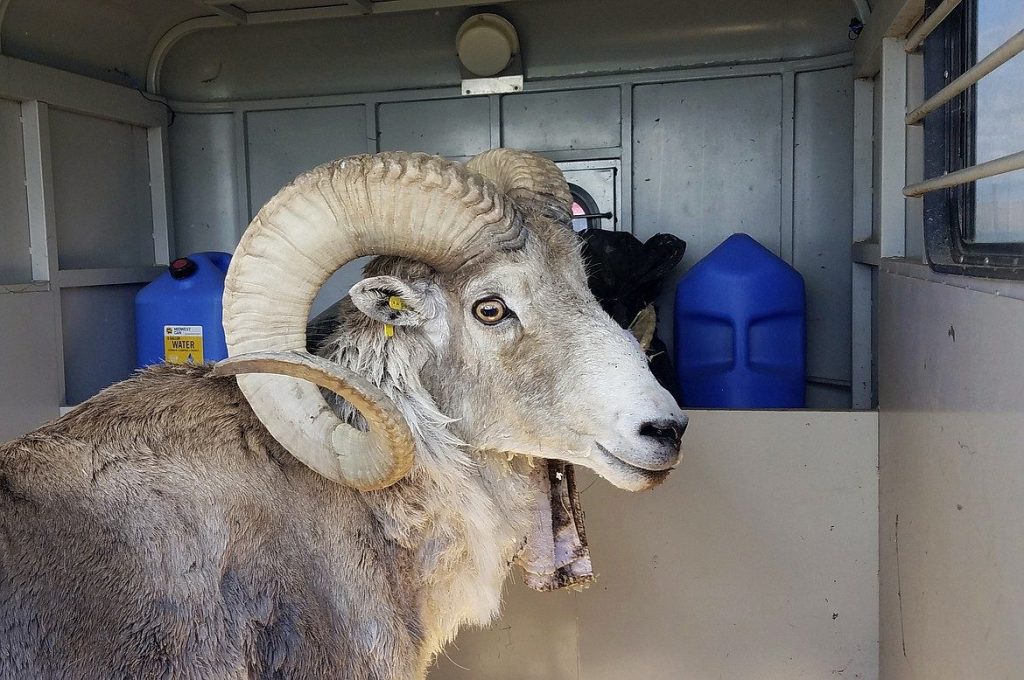
The Montana Mountain King
In October 2024, a Montana rancher was sentenced to federal prison time and charged a hefty fine for illegally cloning a giant hybrid sheep, afterwards referred to as the “Montana Mountain King.” Using testicles and other tissues illegally imported to the United States from an argali Marco Polo (Ovis ammon polii) sheep hunted in Kyrgyzstan, the rancher contracted a laboratory to create cloned embryos which he then implanted to ewes on his ranch, eventually resulting in an impressive male specimen tailored for the captive trophy hunting industry. He then worked with co-conspirators to use semen…









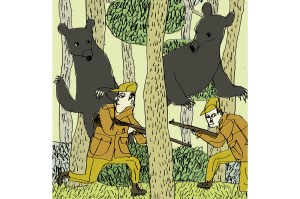
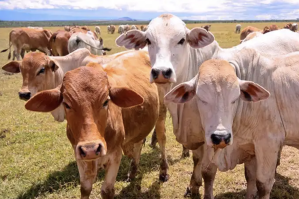
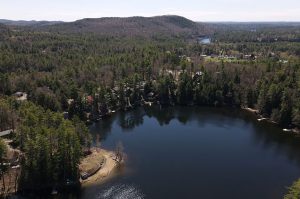
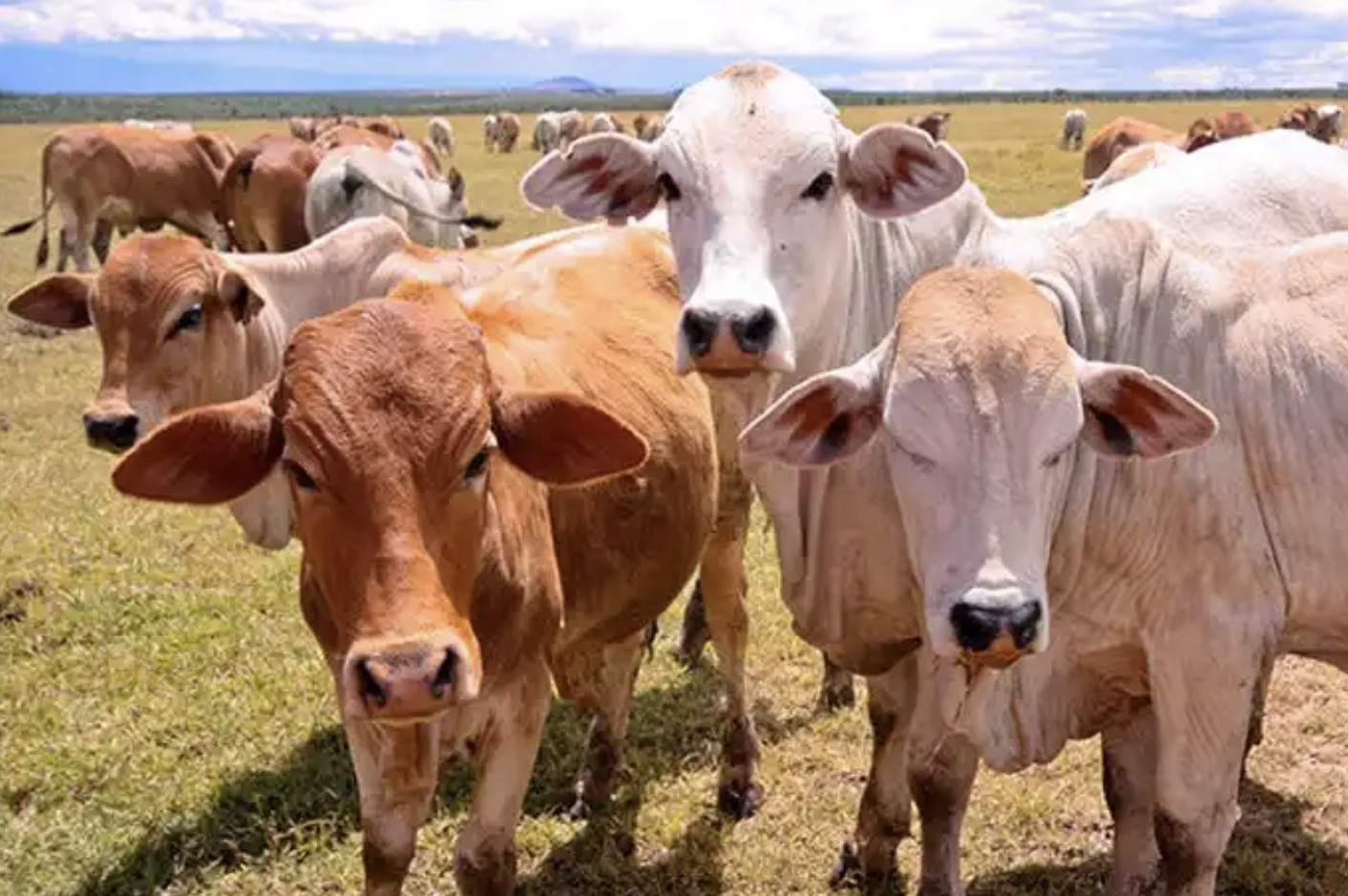

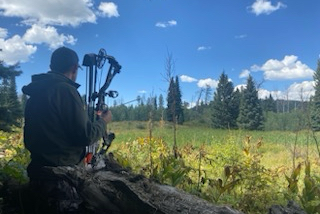

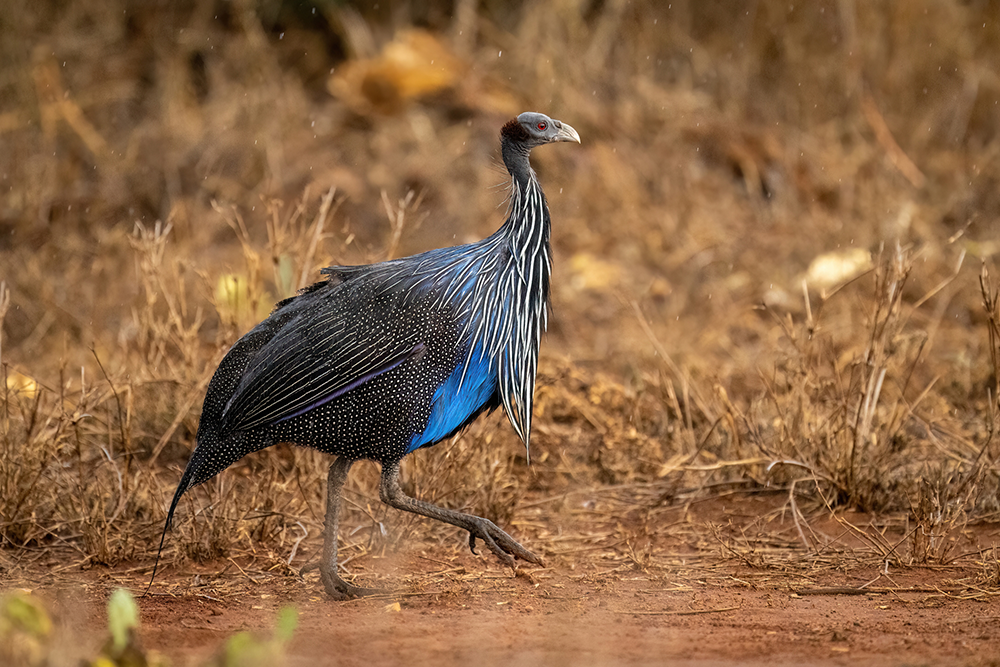
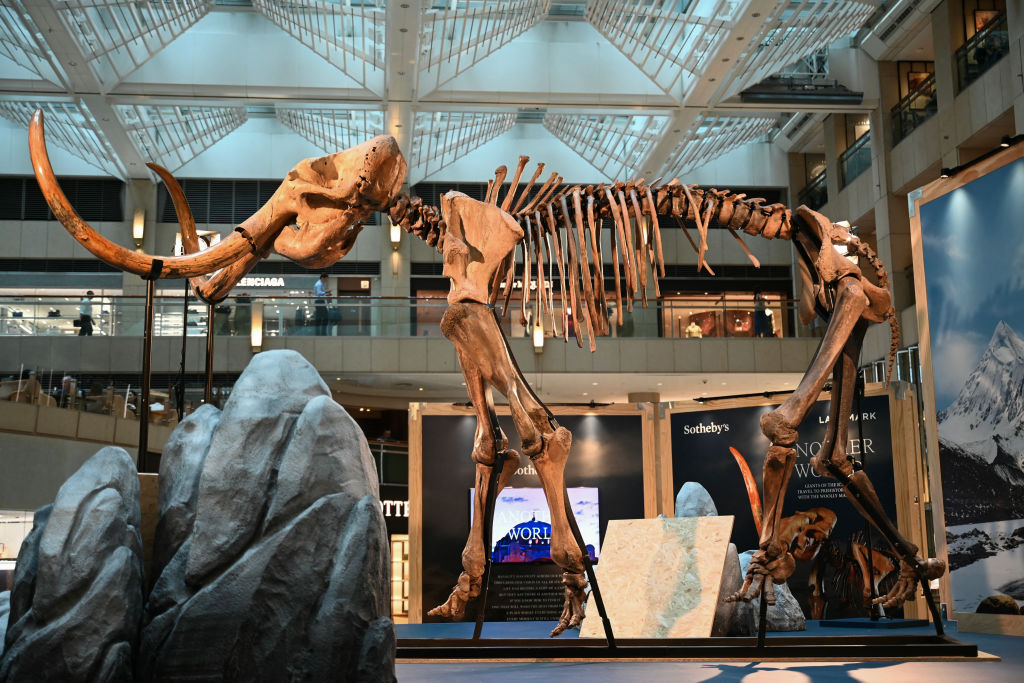




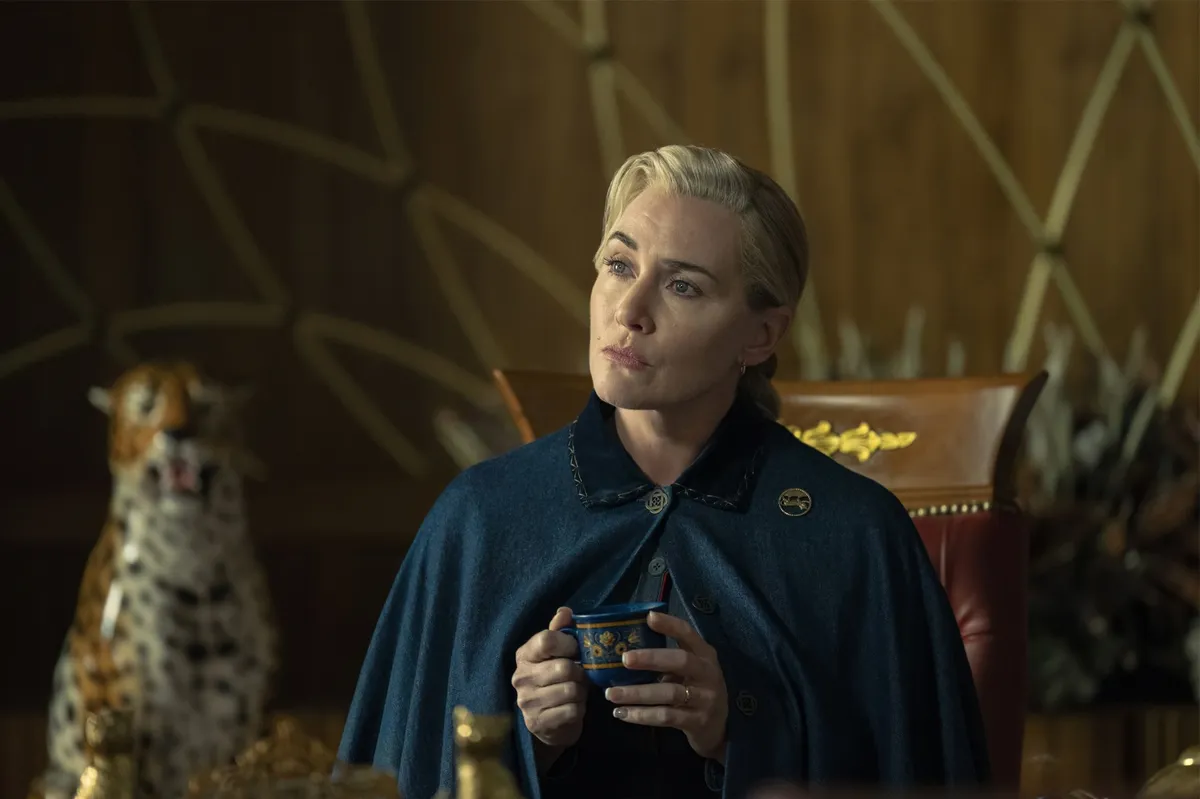


Leave a Reply